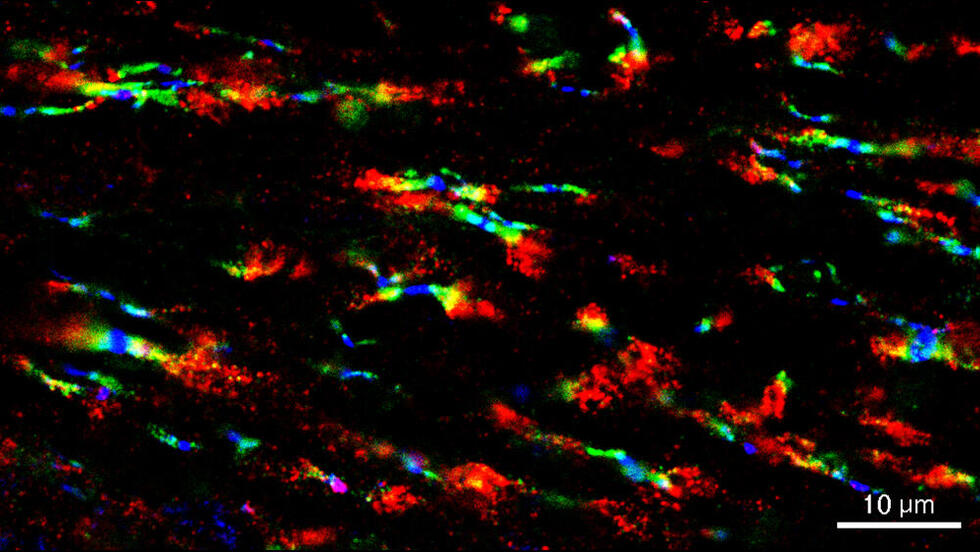2024-01-08 ワシントン大学セントルイス校
◆ワシントン大学医学部の研究者たちは、このフィードバックループを維持し、加齢の進行を遅らせる未来の介入法の開発に寄与する可能性があると結論づけています。具体的には、脳の特定のニューロンが脂肪組織にエネルギーを放出する際に重要な役割を果たすタンパク質Ppp1r17を特定し、この通信経路が一定の年齢に達した後も開かれた状態を維持することで、老化の兆候が遅れ、寿命が延びる可能性が示されました。
<関連情報>
- https://source.wustl.edu/2024/01/life-span-increases-in-mice-when-specific-brain-cells-are-activated/
- https://www.sciencedirect.com/science/article/pii/S155041312300462X
DMHPpp1r17ニューロンは視床下部-脂肪組織間コミュニケーションを通じてマウスの老化と寿命を制御する DMHPpp1r17 neurons regulate aging and lifespan in mice through hypothalamic-adipose inter-tissue communication
Kyohei Tokizane, Cynthia S. Brace, Shin-ichiro Imai
Cell Metabolism Published: January 8, 2024
DOI:https://doi.org/10.1016/j.cmet.2023.12.011
Highlights
•DMHPpp1r17 neurons control WAT function, eNAMPT secretion, and physical activity
•Ppp1r17 is localized to cytoplasm by PKG with age, causing synaptic dysfunction
•DMH-specific Prkg1 knockdown counteracts aging and extends lifespan
•Chemogenetic activation of DMHPpp1r17 neurons delays aging and extends lifespan
Summary
Recent studies have shown that the hypothalamus functions as a control center of aging in mammals that counteracts age-associated physiological decline through inter-tissue communications. We have identified a key neuronal subpopulation in the dorsomedial hypothalamus (DMH), marked by Ppp1r17 expression (DMHPpp1r17 neurons), that regulates aging and longevity in mice. DMHPpp1r17 neurons regulate physical activity and WAT function, including the secretion of extracellular nicotinamide phosphoribosyltransferase (eNAMPT), through sympathetic nervous stimulation. Within DMHPpp1r17 neurons, the phosphorylation and subsequent nuclear-cytoplasmic translocation of Ppp1r17, regulated by cGMP-dependent protein kinase G (PKG; Prkg1), affect gene expression regulating synaptic function, causing synaptic transmission dysfunction and impaired WAT function. Both DMH-specific Prkg1 knockdown, which suppresses age-associated Ppp1r17 translocation, and the chemogenetic activation of DMHPpp1r17 neurons significantly ameliorate age-associated dysfunction in WAT, increase physical activity, and extend lifespan. Thus, these findings clearly demonstrate the importance of the inter-tissue communication between the hypothalamus and WAT in mammalian aging and longevity control.
Graphical abstract



